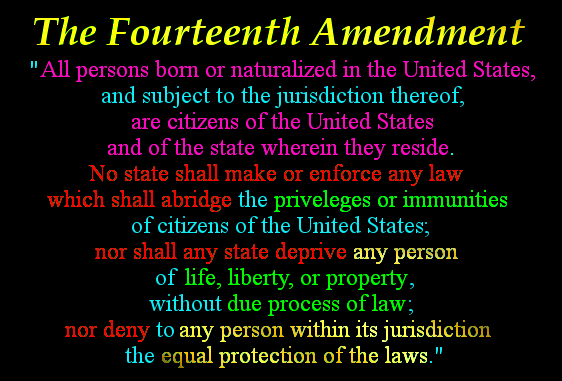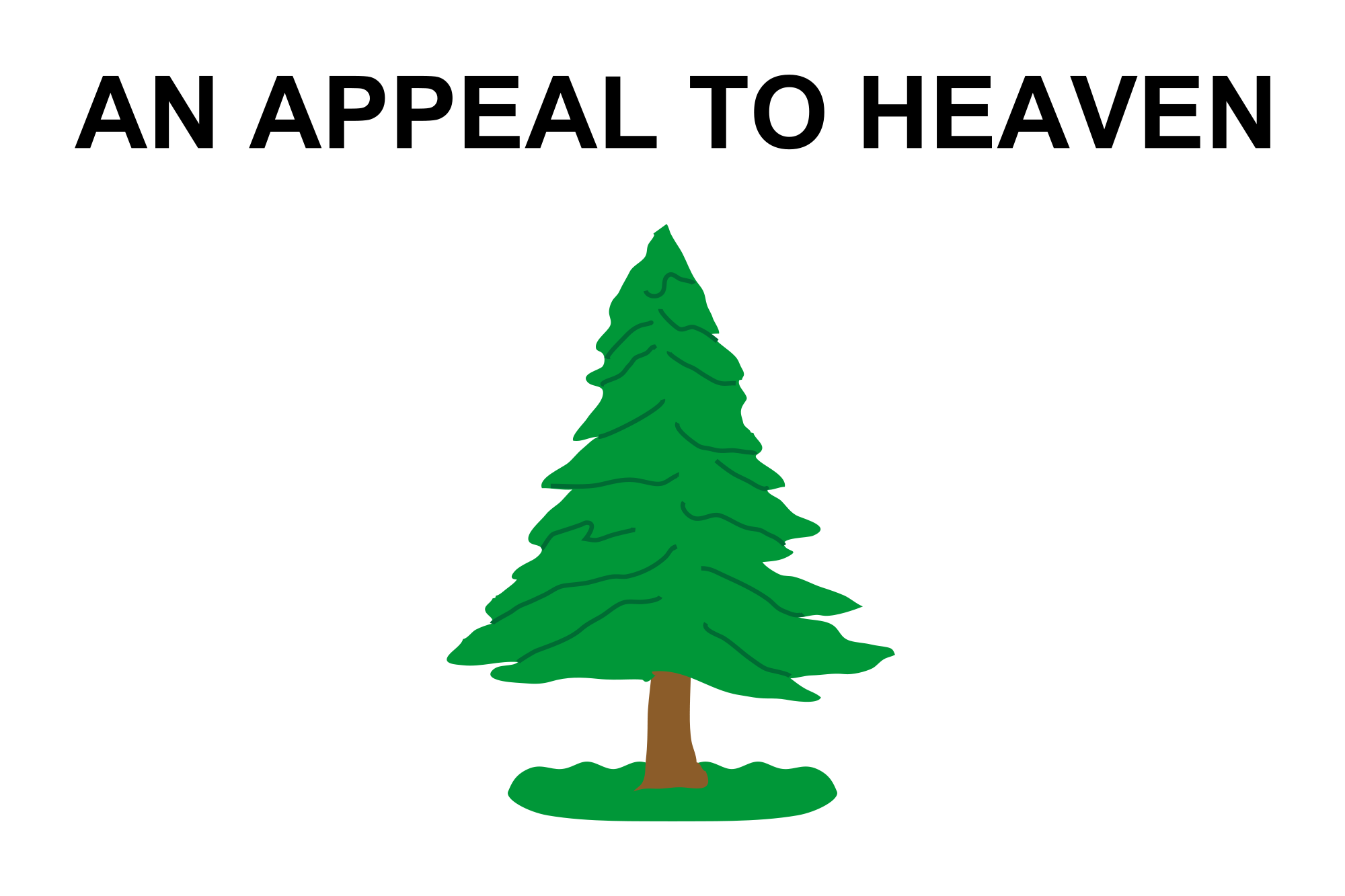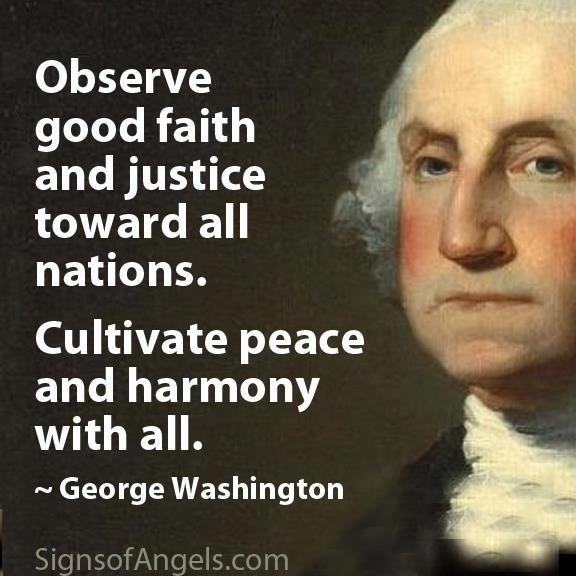This page is in-the-making.
United States embassies have a real history that everyone who hates war should know:
Embassies are designed specifically so that people overseas will not have their rights violated by U.S. soldiers OR by others operating under U.S. authority.
Actually this has to do with one of the very first U.S. flags called
“The Pine Tree Flag”
(no, it was not designed by South Park creators even though it looks like it was!)
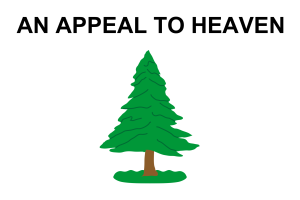
The Story of The Pine Tree Flag:
The “rebel alliance” colonialists who
Declared Independence from England
and who drew “big State lines” around
The Corporate Counties
in order to “rope them in” & put
Federal District Courthouses
in place so they could
File Powerful Court Orders
& enact
Rights-Protecting Federal Laws
down onto the corrupt
Corporate County Governments
in order to halt merchant authorities from delegating laws under “the rule of The Crown” rather than “on behalf of the people” were exhausted from living for centuries under an unjust, dictatorship called
The Feudal System.
This is one of the reasons that the birth of The United States government would eventually bring about
The 14th Amendment,
which gives “equal protections of the laws” to all people, not just Citizens:
The “rebels” were particularly frustrated with having to deal with
“a foreign government”
with which there was no way
to “appeal”
*from overseas*.
Political Theorist John Locke’s “An Appeal To Heaven” phrase succinctly connotes that it is Heaven who a People appeal to when forcible resistance is resorted to.
Locke’s works were well-known & frequently quoted by colonial leaders, being the most quoted authority on government in the 1760-1776 period prior to American independence.
“After a long continuance of unjust abuses of power by a government have been patiently suffered & all means of redress by earthly authority are ineffectual & exhausted, a People are left no alternative than to appeal to a morally just Supreme Judge for final adjudication & hopeful vindication of their cause through forcible resistance to achieve redress either through the acquiescence, alteration, or abolishment of the offending government. “
– John Locke
THAT is why The United States has Embassies Overseas;
to enable people overseas to Petition the United States government & have their Redress made visible to The People via
The American People’s Representatives
so that we may collectively have
Due Process
& end war as “demanded” by people whose rights have been violated.
That is also why the last part of
United States Code “Perjury of Oath”
reads:
.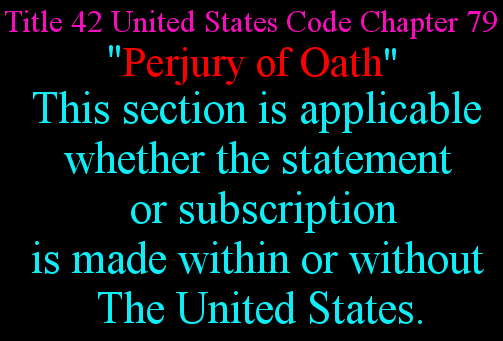
The design of the flag came from General Washington’s secretary, Colonel Joseph Reed. In a letter dated October 20, 1775:
Months prior to Colonel Reed’s suggestion for using the pine, the pine was used on the flag that the Colonists flew at the Battle of Bunker Hill in June 1775.
The pine tree had long been a New England symbol being depicted on the Flag of New England flown by colonial merchant ships dating back to 1686.
The white pine found in New England, specifically the Eastern White Pine {Pinus strobus} was highly desirable for constructing masts in shipbuilding.
Leading up to the Revolutionary War it became a symbol of Colonial ire & resistance.
Due to lack of supply of suitable lumber on the island, England reserved 24 inch (61 cm) diameter trees under The Mast Preservation Clause in the Massachusetts Charter in 1691. The trees were identified by a Surveyor of the King’s Woods (a position of preferment) who would in turn appoint deputies to survey & place the broad arrow symbol on the tree from three hatchet slashings denoting “property of the Crown”.
The statutes required colonists prior to harvesting trees from their property to have a King’s Surveyor mark the larger diameter trees with the broad arrow and then purchase a royal license to harvest the trees not marked with the broad arrow. The colonists resented the strictures on the timber used for their needs & livelihoods. Prohibitions were disregarded & they practiced “Swamp Law”, where the pines were harvested according to their needs regardless of statutes.
The colonialists were operating for
Commercial Purposes
so they were being regulated under something that was called
Admiralty Law
unbeknownst to them, which is why statutory jurisdiction was being used rather than
Common Law,
which is why commercial British Admiralty Registry (BAR) lawyers pretty much had the run the gamut inside the
Vice-Admiralty Courts.
The Constitution of The United States
would not be written & signed until 1787, &
The Bill of Rights
would not be written & ratified until 1791!
In New Hampshire enforcement led to The Pine Tree Riot in 1772, where a statute had been in effect since 1722 protecting 12 inch diameter trees. After being fined & refusing to pay for possessing trees marked with the broad arrow, a New Hampshire mill owner leading other mill owners & townsmen assaulted the Sheriff & his Deputy sent to arrest him by giving him one lash with a tree switch for every tree which the mill owners were fined, cutting the ears, manes, & tails off their horses, & forcing them out of town through a jeering crowd. This was one of the first acts of forceful protest against British policies, however one could see why they were frustrated with the unfair & rigged-in-favor-of-the-commercial-lawyers
Vice-Admiralty Courts.
It occurred almost two years prior to the more well-known Boston Tea Party protest and three years before open hostilities began at the Battles of Lexington and Concord.
Note:
In today’s United States governmental design, the statute would be seen as “a victimless crime” & thus “unconstitutional” IF the Citizen were truly operating for noncommercial purposes, & the Officer still ticketed the person, they could then
Calmly Demand The Officer’s Badge Number & Name,
& then later simply
File an Affidavit Calling for a Citizen’s Arrest
upon the offending officer in order to “demand” “due process” as guaranteed within
The 5th Amendment
for the crime of
Deprivation of Rights Under Color of Law
in order to have that officer arrested by federal agents so that justice could be attained for both the officer & the civilian; technically, the civilian AND the officer could both hold Congress accountable for both being “put in harm’s way” & collectively gain
A Satisfaction to Grievances
if they collectively file
A Class-Action Lawsuit
and serve upon that statute a
Notice of Constitutional Question.
Special thanks to www.SignsOfAngels.com for the above commemorative quote we’re using under Fair Use.
Translate this for world peace. Like this website? Its not going to get any worse! Please
Donate
or
Get involved.
“War will exist until that distant day when the conscientious objector enjoys the same reputation and prestige that the warrior does today.“
~John F. Kennedy
